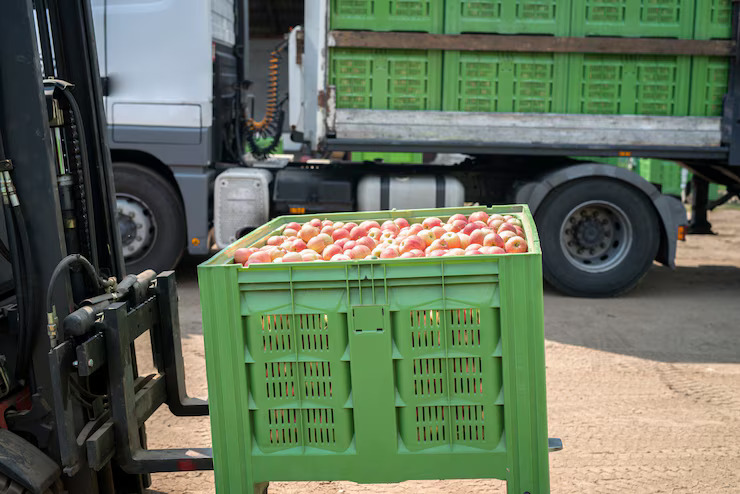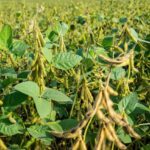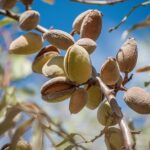In a global economy where middlemen often dominate supply chains, one agricultural cooperative turned the tide by taking control of its own exports—and the results have been transformative. Through strategic planning, capacity building, and market research, this cooperative not only improved its bottom line but also empowered its members with better prices and long-term growth.
The story begins in a rural farming community where smallholder farmers, primarily growing macadamia nuts, avocados, and coffee, faced fluctuating local prices and limited market access. Like many cooperatives in South Africa and other parts of Africa, they traditionally sold their produce to local buyers or processors, who then handled the exports. While this model offered convenience, it left the farmers with a small share of the final selling price.
Recognising this imbalance, the cooperative’s leadership began exploring direct export opportunities. Their aim was simple but ambitious: eliminate intermediaries, enter international markets directly, and increase revenue per kilogram of produce sold. The process wasn’t easy, but the results proved well worth the effort.
The first step was to ensure the cooperative met export quality standards. This involved training farmers on improved harvesting, post-harvest handling, and grading techniques. Investment was made in better storage facilities, cold chain logistics, and packaging equipment to align with the expectations of overseas buyers. With quality under control, the next focus was certification. The cooperative worked to obtain necessary export licenses and international certifications such as GlobalG.A.P and organic labels—keys to accessing premium markets in Europe and Asia.
Market research played a critical role in the transition. The cooperative identified demand for its produce in countries like Germany, the Netherlands, and the UAE. It built relationships with international buyers, participated in trade expos, and used online platforms to showcase its products. By establishing these direct links, the cooperative was able to negotiate prices and terms that previously would have been inaccessible.
Once the first containers were shipped directly, the difference in profit margins was immediately noticeable. Without middlemen, farmers received up to 40% more income per unit sold. The cooperative reinvested some of the earnings into expanding its export operations, purchasing bulk shipping contracts, and hiring a dedicated export manager to oversee international trade logistics.
Beyond higher profits, the shift to direct exports also improved transparency and accountability. Farmers received detailed reports on shipment performance, market prices, and buyer feedback. This information allowed them to adjust production practices and align more closely with global demand trends.
Perhaps most significantly, this transformation has inspired a broader cultural shift within the cooperative. Members now see themselves not just as producers but as global players with the ability to influence markets and improve livelihoods. Younger farmers are showing renewed interest in agriculture, drawn by the prospect of international exposure and better earnings.
The cooperative’s success story offers a blueprint for others looking to break away from traditional value chains. It highlights the importance of knowledge, infrastructure, and collaboration in building export-ready systems. While challenges remain—including fluctuating exchange rates and evolving international regulations—the foundation has been laid for sustainable, farmer-led growth.
In a world where agricultural markets are increasingly competitive, the ability to export directly has proven to be a game changer. This cooperative’s journey shows that with vision and effort, farming communities can move up the value chain and take control of their economic future.







